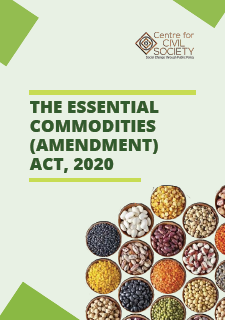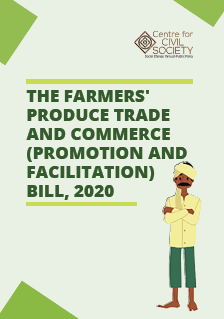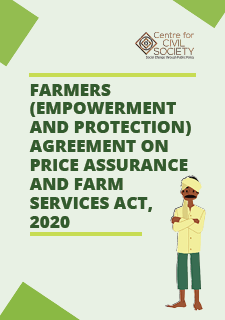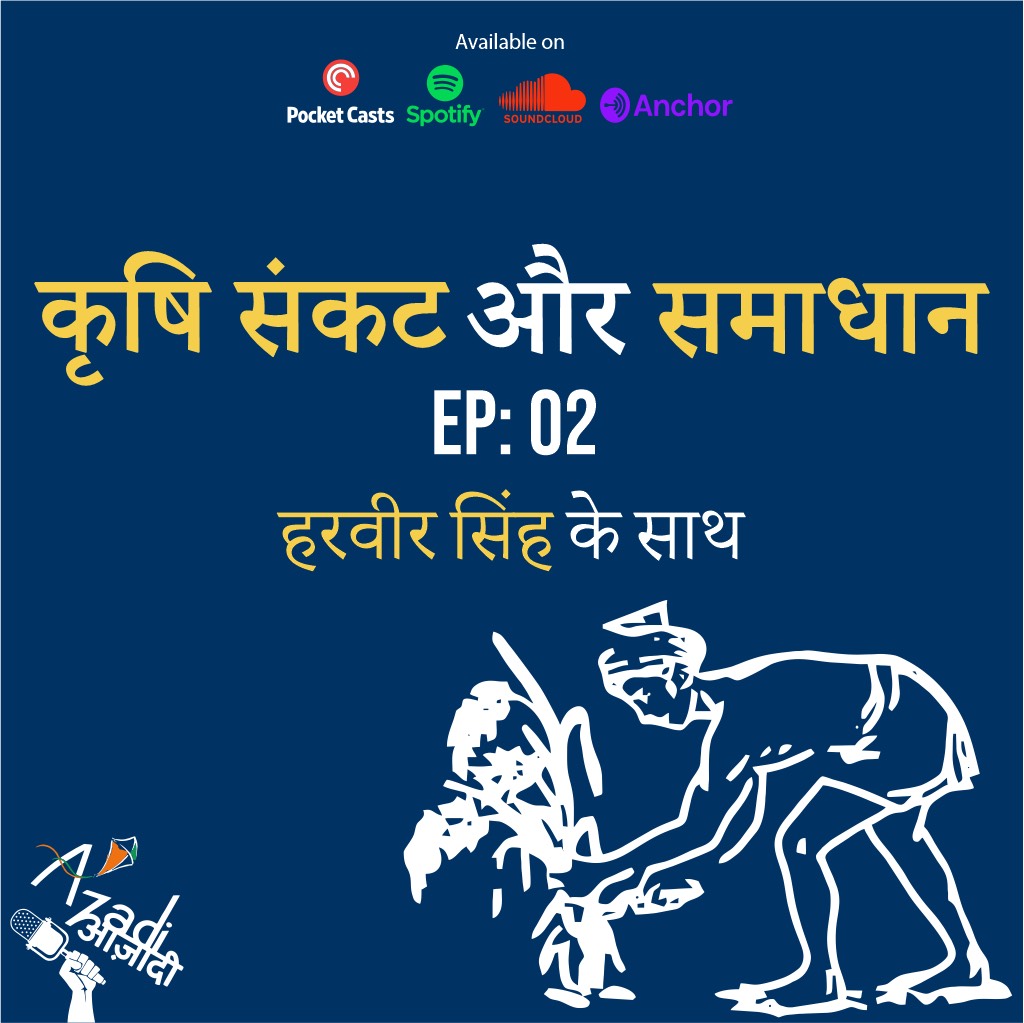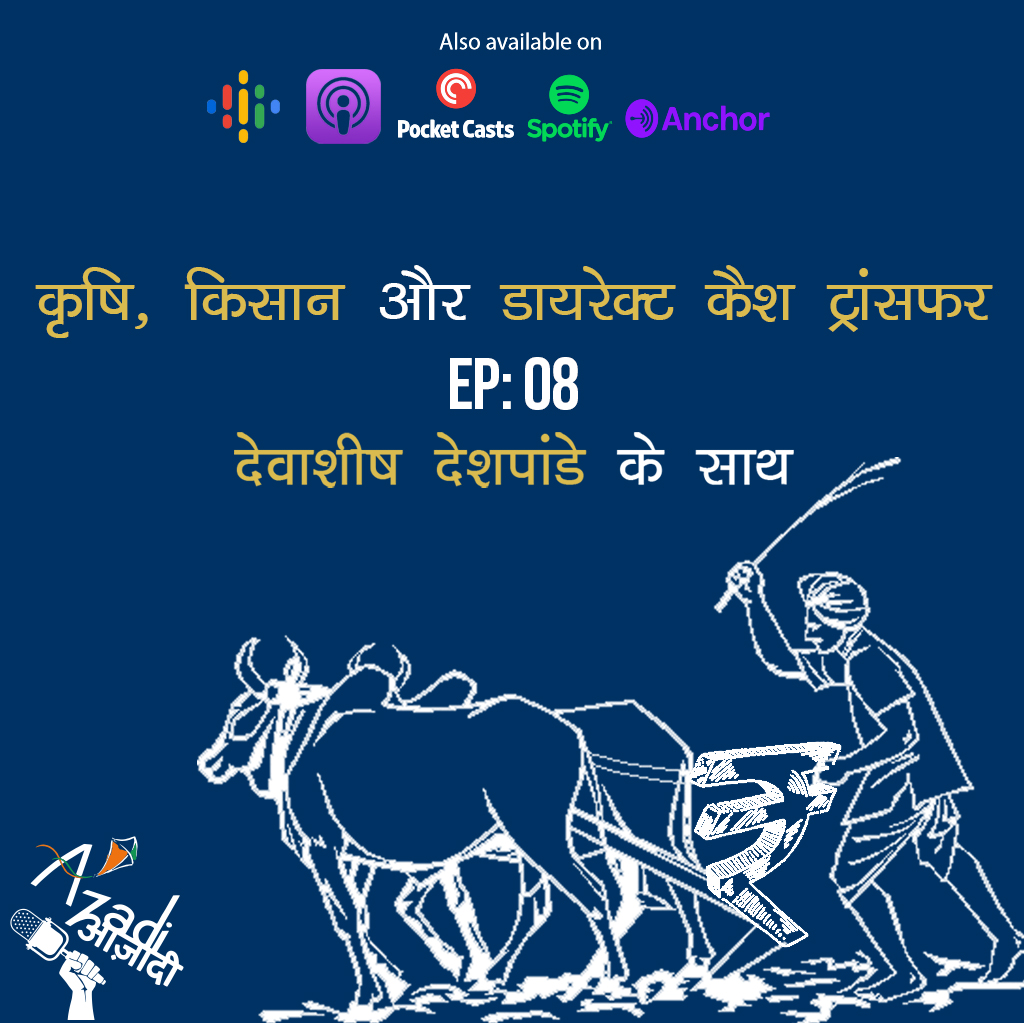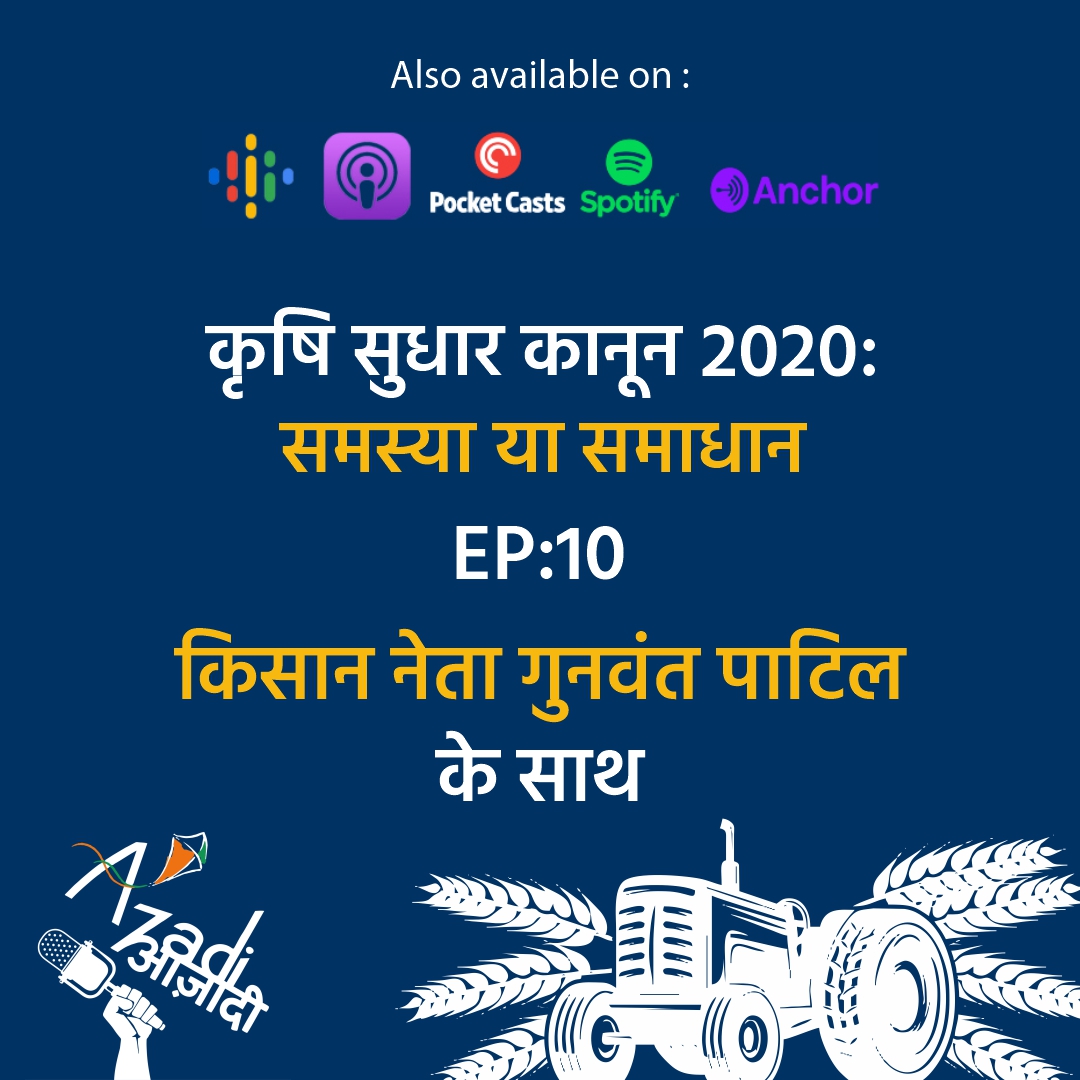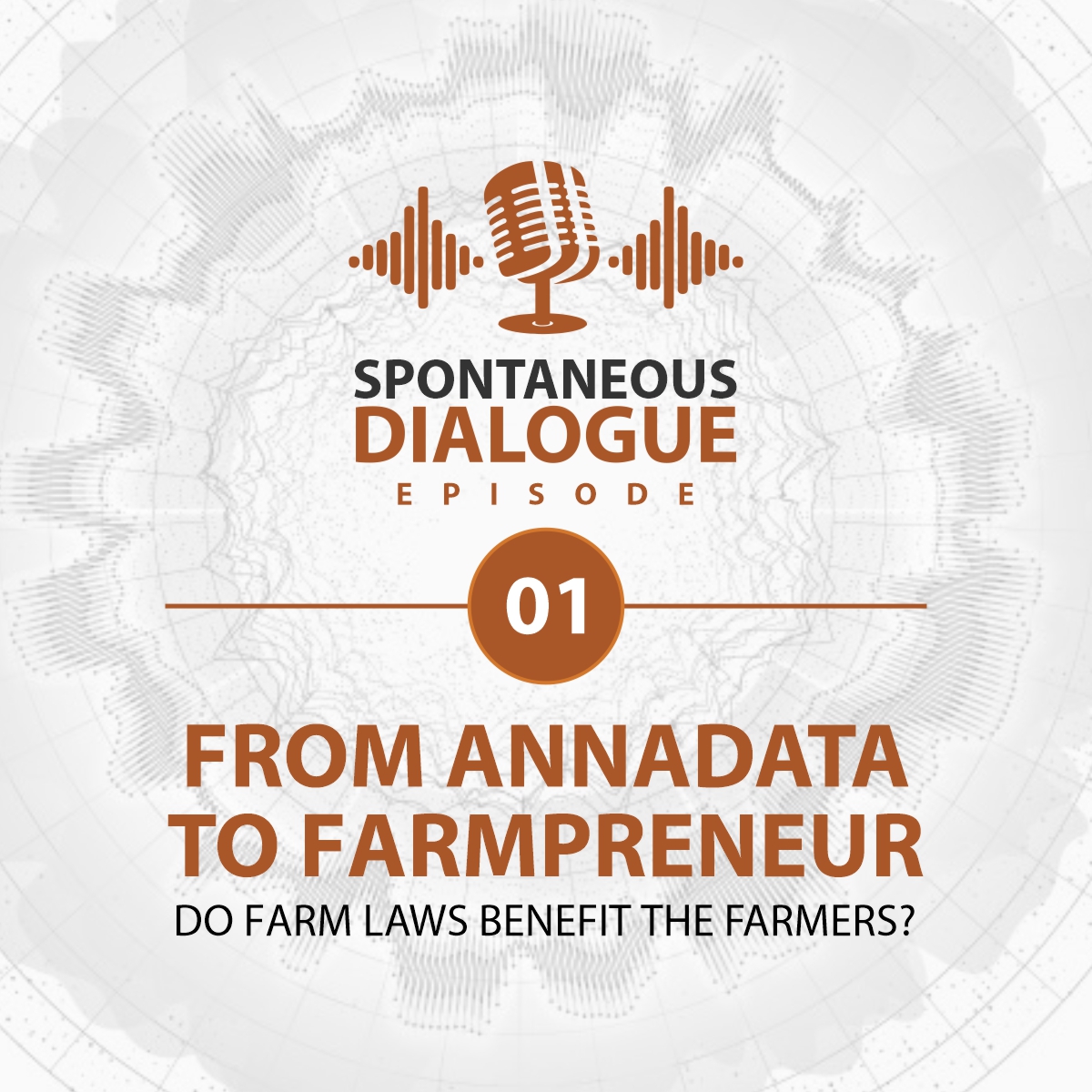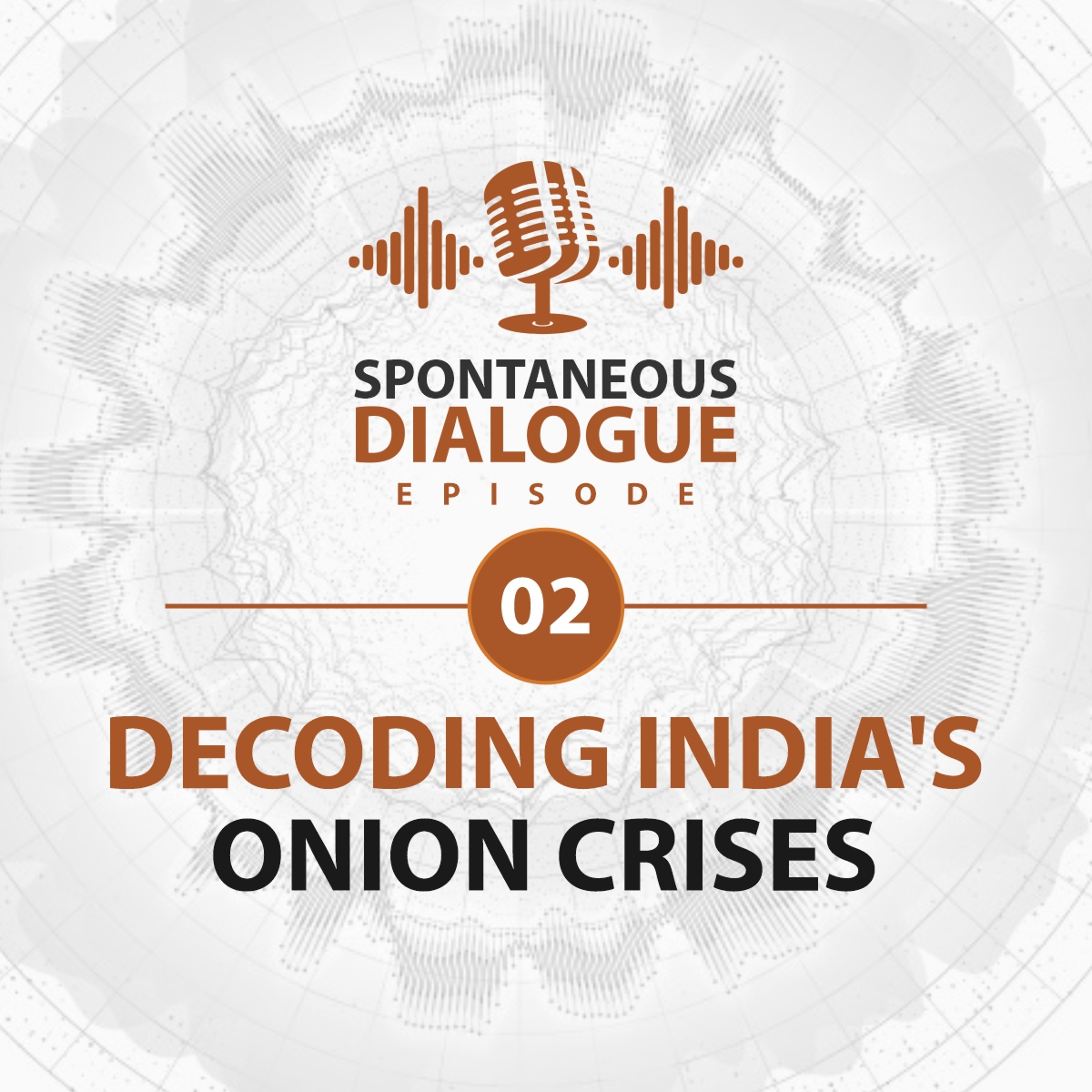Index
Legislative Landscape
Approximately 60% of India's population depends on agriculture for their livelihood. However, agriculture constitutes roughly 17% of the GDP. In part, this is because of the large number of farmers with small landholdings. Almost 85% of farmers hold less than two hectares of land. Unless farmers are able to exit agriculture and join more profitable sectors, this is likely to continue. However, the value of the prime capital asset of the farmer, land, is artificially low. A combination of laws enacted at the state level restrict the sale, purchase, use, and lease of land.
Restrictions on how much land can be owned by an individual or a family have resulted in land fragmentation and reduced income potential. In 2015-16, the average size of a land holding in India was 1.08 hectare/2.7 acres. These restrictions have limited farmers' ability to leverage economies of scale and have meant that mechanisation is not viable for a majority of farmers. Lifting these limits would allow farmers to own larger tracts of land and benefit from scale.
Restrictions exist on who can buy agricultural land. While the state laws differ in details, they limit who can buy land. State laws may limit the purchase of agriculture to a specific subsection of the population. In Maharashtra, for instance, the sale of agricultural land is limited to only agriculturists. Some parts of the country limit the sale of agricultural land to only tribals. These restrictions depress the price of agricultural land, affecting the ability to exit or draw investments.
Regulations on leasing of agricultural land either ban or restrict tenancy in most states. Some states have a blanket ban on agricultural tenancy. Some ban tenancy but exclude some population segments like widows. Some limit tenancy and others modify the nature of tenancy by imposing rent ceilings.
The result of these restrictions is that land value is depressed. This matrix looks at the range of agricultural laws in a variety of indian states to answer these questions:
1. Who can buy farm land?
2. How much farmland can you own?
3. What are the rules on leasing your farmland?
4. What percent of farmland is leased according to the NSSO?
5. What is the process to convert agricultural land to non agricultural land?
Click here to view the Legislative Landscape
The Discretion Analysis Framework
The prime asset of the farmer, their land, is heavily regulated. However, there is a difference in the way agricultural land and non-agricultural land is treated. Most states restrict the use of agricultural land only to agricultural purposes. Non-agricultural land is typically worth more than agricultural land, since it can be used to build industrial,commercial and residential properties that are more profitable. Conversion of land for other uses is allowed but there is variation from state to state on how these lands can be converted.
This process is done by the executive at the state level. The executive have been empowered under one, or more, laws passed by the state legislature to convert these lands. The legislature has delegated these decision making powers and rule making powers to the executive.
The decisions that the executive take have a bearing on the rights and freedoms of individuals.This matrix looks at the level and extent of discretion that bureaucrats of the executive have in granting conversion and the safeguards that exist in protecting rights.
The discretion analysis framework is a modified version of the Quality of Laws checklist developed by Prashant Narang and Jayana Bedi (here).
Click here to view the Discretion Analysis of Change of Land Use Across Indian States.
Recent legislation summaries
Playbook for reforming Indian Agriculture
Government and society in India have historically viewed farming merely as a means of achieving food security for the country. Farmers are considered annadatas, instead of legitimate entrepreneurs engaged in the business of agriculture. The liberalisation of 1991 did not touch the agriculture sector.
Despite decades of policy interventions, a majority of Indian farmers have not seen their incomes rise, nor have they been able to increase farm productivity. Farmers with small or marginal holdings, who make up around two-thirds of all farmers, find themselves prey to indebtedness, a lack of choice in inputs, and underdeveloped warehousing and processing facilities. In each agricultural cycle, we witness a host of farmer agitations, leading to further band-aid solutions.
The Union and states provide a host of subsidies for agricultural inputs and offer high prices for outputs by procuring food grains at minimum support prices for multiple crops. Simultaneously, policymakers walk the tightrope of protecting consumers from high prices through inexpensive grains to over two-thirds of the Indian population.
These policies ignore that the distress in the sector largely results from farmers having little or no control over anything in agriculture except perhaps tilling the soil. The government interferes with decisions at every step of the production and sale process. Pulled together, the policy framework has destroyed the signalling role played by prices, and no one is better off for it.
The Finance Minister, in her first budget speech in July 2019, expanded the scope of ease of doing business to include rural enterprises. She also opined that “ease of doing business and ease of living both should apply to farmers too.” Unfortunately, the political and social discourse in India still does not see the farmer as an entrepreneur who takes risks, analyses the market and engages in the production, marketing and selling of agricultural produce.
Against this background, the playbook:
- imagines agriculture as an enterprise, and casts agriculturists as “farmpreneurs”;
- distils key learnings from richer studies and reports; and
- outlines the full-spectrum of reforms needed in the sector.
Much of the policy approach has been hostage to the myth of the “first transaction”, a notion as archaic as it is dangerous. The playbook’s approach has been to sidestep this notion and to treat the sector as any other. Farmers are not isolated actors, but entrepreneurs who engage in the market process, absorbing cues from prices and the actions of their competitors and buyers, making business decisions on what seeds to use and arbitrage potential in storing for later sale. This playbook lists eight distinct reforms needed in the agriculture sector so our farmpreneurs may be free to make and sell. These reforms cut across myopic land regulations, the regressive input subsidy and control regime, and the fetters on spot, futures and credit markets. The playbook largely focusses on bad policies that need repeal or revision, less so on things, the government needs to do more of.


